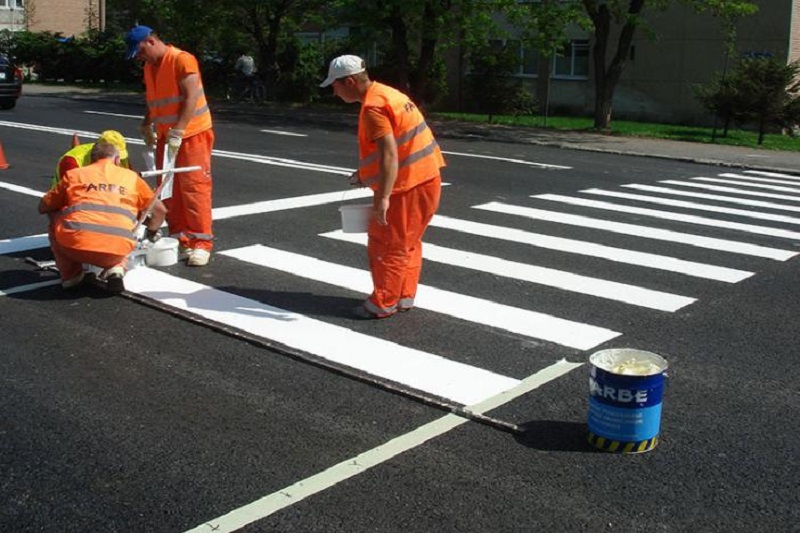
Who would have thought that the simple lines we cross (or don’t!) each day would have so much planning and thought behind them? From car parks to playgrounds, warehouses to sports fields, these underrated markings are instrumental in maintaining order, enhancing functionality, and importantly, ensuring our safety. In today's blog post, we’re delving deep into the world of line marking companies, unearthing the techniques used, and exploring how these, often overlooked, design elements create safer and more effective spaces.
Just as each line on an architect’s blueprint breathes life into buildings and homes, line marking companies shape and direct our movements without us even realizing. It’s a marriage of art and discipline, creativity and compliance. But how are these seemingly simple lines made? What do they imply, and how much do they contribute to our safety? Let's decode the lines that seemingly define our world!
The Birth of a Line: Understanding Line Marking Techniques
The task of creating these distinctive lines does not come easy. Advents in technology have given rise to various line marking companies techniques including paint-based, thermoplastic, and tape-based applications. Each technique has its own strengths and challenges - it could be durability, visibility, cost-effectiveness, execution time, or ease of application, that sets it apart.
Thermoplastic and cold plastic methods, for instance, are known for their durability and long life. But they take skill and time to apply. The surface must be prepared and primed before any marking is made. Once applied, these lines can last for years, making them ideal choices for high-traffic areas.
The Colour, Pattern, and Meaning of Lines
Not all lines and markings are equal. In fact, the diverse colours, patterns, letterings, and symbols used in line marking companies convey different messages. A double yellow line, for instance, communicates restrictions on parking, while a disabled sign earmarks a parking spot for individuals with difficulty in movement, thereby aiding inclusive design.
Line Marking Regulations and the Rule of Law
Line marking is governed by strict regulations and standards, dictating everything from colour to width, spacing to location. It's a dance of precision and accuracy - a line misplaced could lead to confusion and even accidents.
Customised Line Marking Designs for Different Venues
No two spaces are identical and hence, the line marking needs for a school playground differ significantly from a warehouse or a parking lot. Here we delve into the nuances of line marking for different spaces.

Ensuring Safety with Line Markings
Beyond creating order and discipline, line marking companies play a vital role in ensuring safety. Be it traffic markings that guide pedestrians or symbols used on factory floors to alert workers about potential hazards line markings help prevent accidents and mishaps.
The Cons of Line Marking Techniques
Despite their many benefits, line marking companies techniques can have their own set of challenges, from high initial investments to maintenance needs and environmental implications, these are aspects that must be considered too.
Conclusion
Whether we notice it or not, line-marking companies play a crucial role in our daily lives. It ensures order, enhances functionality, symbolizes inclusivity and most importantly, prioritizes safety. Understanding the intricate work that goes into this process, it’s clear that it’s not as simple as drawing a line it’s a delicate blend of art, discipline, legal compliances, and safety standards.
Across industries, locations, and requirements, line marking companies persistently strive to create optimal spaces that are safe and efficient. Behind those seemingly modest lines, lie intricate design strategies, robust techniques, and uncompromised attention to detail. And the next time you come across a line marking; may you appreciate the thought process that goes behind these underrated part of our built environment. After all, there’s always more to a line than meets the eye.